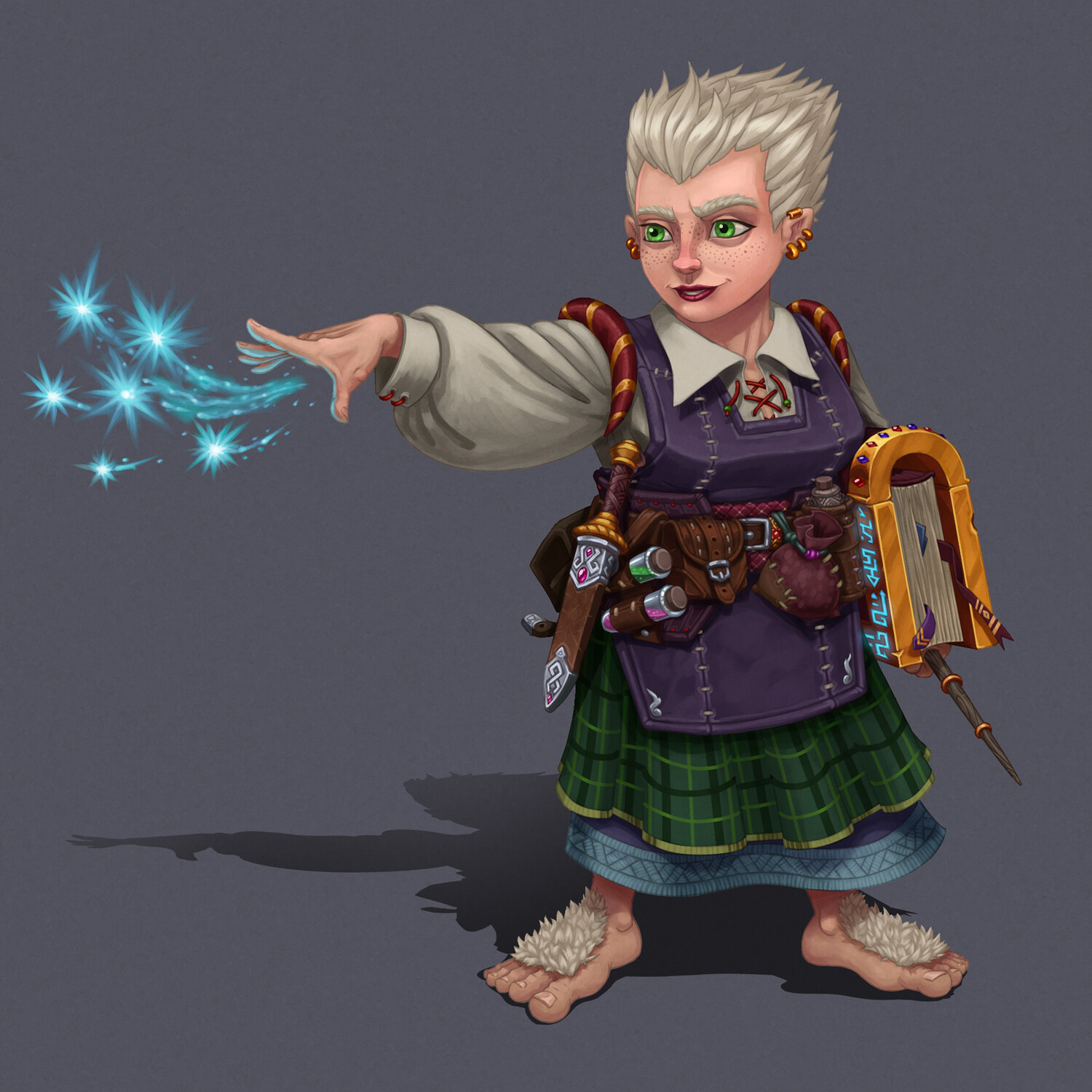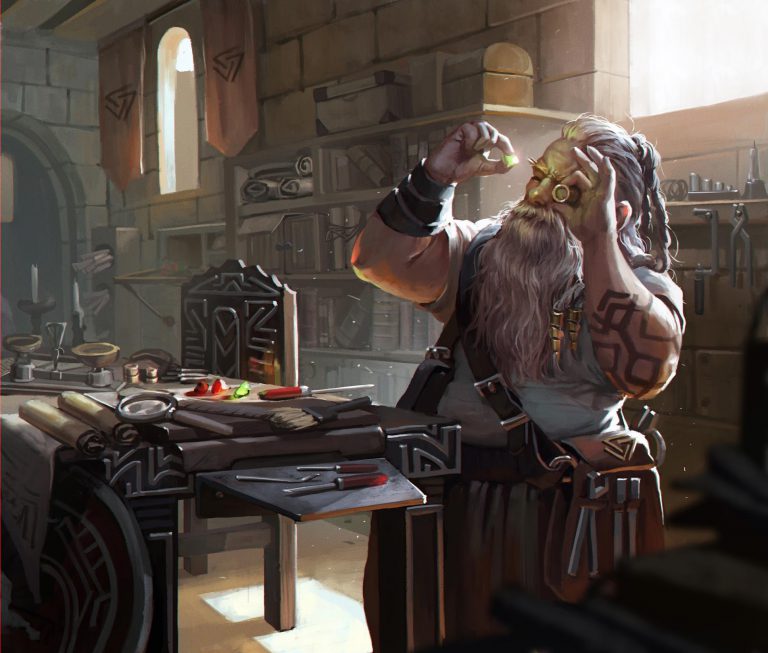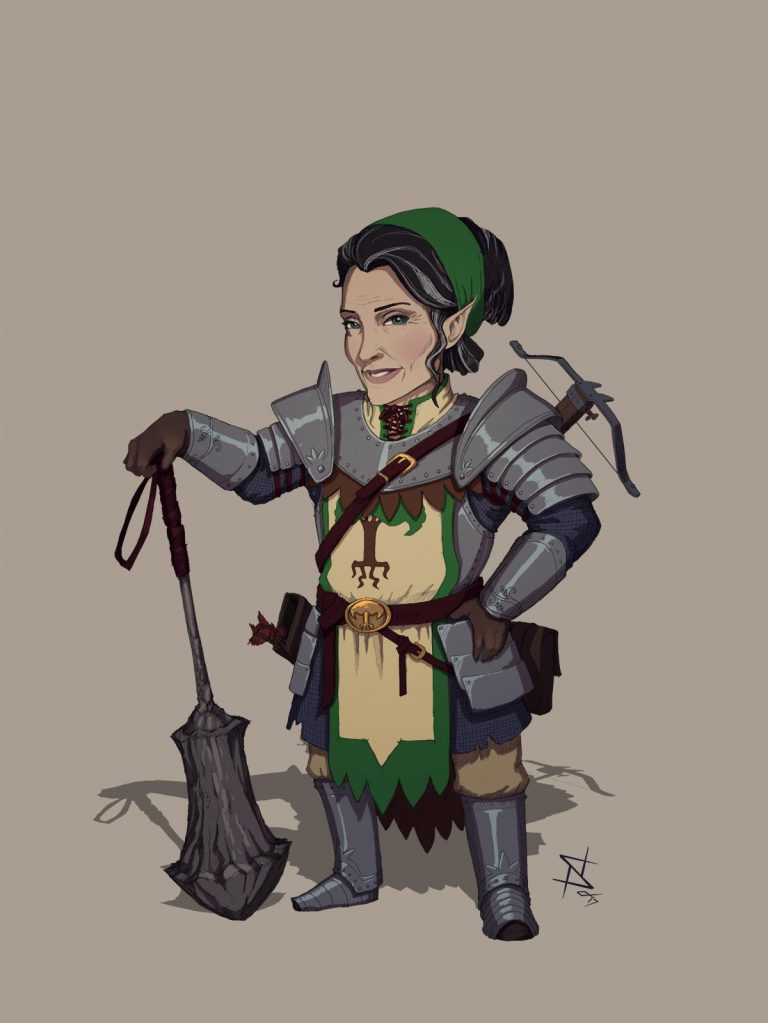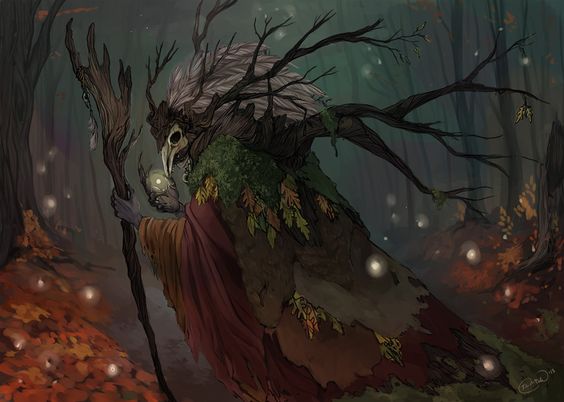D&D 5e: Halfling Wizard Guide
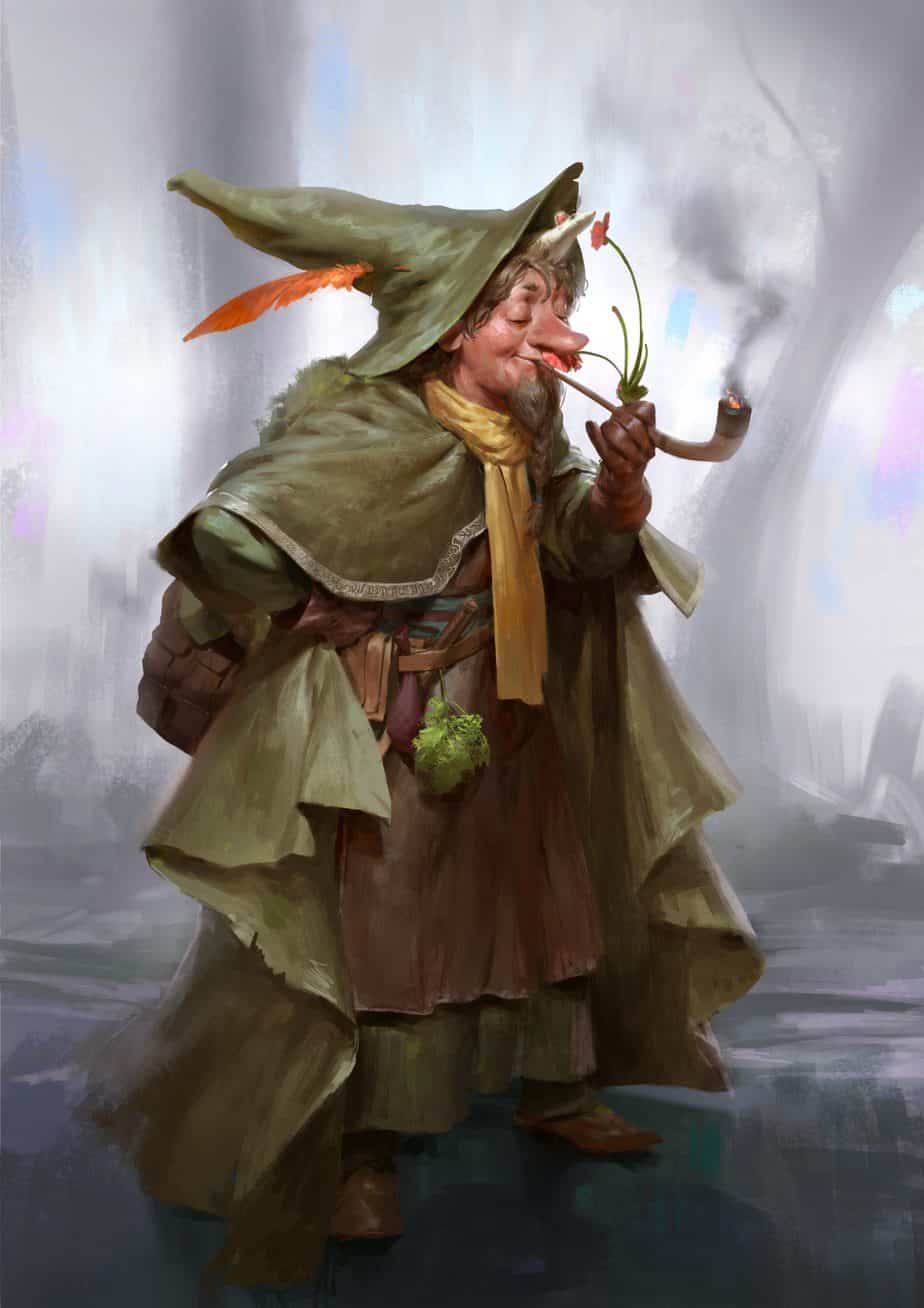
D&D 5e: Halfling Wizard Guide
Halflings hardly need an introduction. They’re the diminutive race of peace-loving humanoids made famous by Lord of the Rings and The Hobbit and the unlikely heroes of the tales within.
Given their nature, one would hardly expect one of them to choose the path of a wizard, and that is likely the exact quality that would make one of them so interesting to play. Wizards tend to devote many years to the study of their craft, granted magic through patience and understanding.
The Halfling race AND the Wizard class can be found in the Player’s Handbook. Click here to pick up your own copy of The Player’s Handbook!
How to Make a Halfling Wizard
Stout and Lightfoot halflings gain bonuses to constitution and charisma, while Ghostwise halflings receive a wisdom boost. None of these are strictly helpful to a wizard, but all halflings gain +2 to dexterity, which will be quite welcome.
Wizards should have intelligence as their primary statistic, representing the mastery of their chosen field and powering their spells and other class features. It should also determine how many spells you can memorize each day.
Start by choosing your school (subclass) or specialization. The school of enchantment will want a high charisma score, whereas the others will favor dexterity and constitution.
Dexterity will contribute to your initiative and armor class, and constitution will give you much needed hit points as well as better chances to succeed your concentration saves. Wisdom or charisma should be next in line, with strength prioritized last.
School choices are quite wide in variety and make wizards VERY good at what they do. Evocation wizards can cast some of the most damaging abilities in the game while shielding their allies from their own spells.
Necromancers add more combatants to your side, skewing the action economy in your favor. Diviners can see into the future to some extent, and even influence it, changing failures into successes and vice versa. Illusionists and Enchanters can turn the mind of an opponent into a child’s plaything, and Bladesingers can pull off the usual wizardly magic while cutting foes to bits. This is only about half of the subclasses, so make sure you do the proper research before picking your college.
How to Play a Halfling Wizard
Your school of magical focus will determine how you perform in combat. As noted earlier, an evocation wizard might devote their concentration to keeping a damaging spell up or instead use spell slots liberally to vanquish a target quickly. A necromancer would instead be focused on keeping their undead servants alive and attacking the enemy, while an illusionist might be looking for the best chance to fool the opponents into a trap or a retreat.
Regardless of how you play your combat, one thing all wizards have in common is that none of them are good at taking damage. Abjurationists can ward it off to some extent, and war wizards get bonuses to AC while concentrating or against specific attacks as a reaction, but the general rule is that any wizard won’t last long taking continuous damage, so place yourself in the hardest to reach place on the battlefield and let your spells fly!
How to Roleplay as a Halfling Wizard
Outside of combat, folks tend to forget that wizards are ritual casters. Spells like alarm, comprehend languages, detect magic, floating disc, skywrite, and Leomund’s tiny hut among others are available to cast as a ritual. Most ritual casters need the spell prepared, but a wizard need only have the spell in their book.
Undeniably, wizards tend to be rather intelligent. In what other ways might this intelligence display itself in your character? Did they attend an actual school, or are their findings their own observations? Do they take a particular interest in the writings of any other scholar or wizard? Mayhaps in history or other matters arcane?


